Company history
2007 |
Traffix merged with another firm in May 2007 to form ViaStrada. Through that merger, we had 10 technical staff, covering the areas of traffic engineering, transportation planning, and the traffic aspects of resource management. In September 2007, ViaStrada added town planning to its expertise. In November 2007, project management was added to the skill set. An important work stream that we started in late 2007 was our contribution to the Manual of Traffic Signs and Markings (MOTSAM); the client published the work in 2008 and 2009. |
2008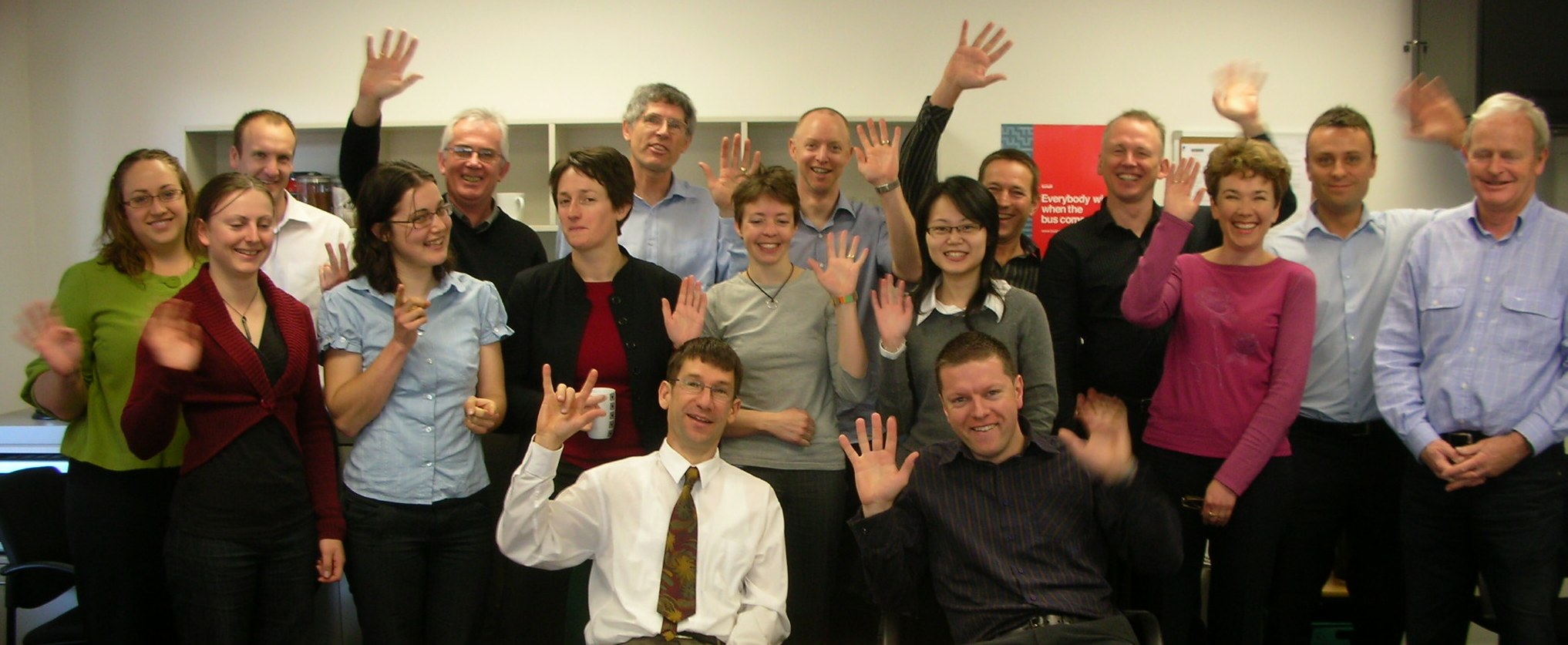 | In January 2008, a CAD & civil design capability was added. The environmental health part of the RMA (e.g. noise assessments) became available. In May 2008, the Dunedin office was opened. With 20 staff, ViaStrada could handle most assignments in planning and transportation. In July 2008, Jeremy Phillips became a director of ViaStrada. In October 2008, the Auckland office was opened. |
2009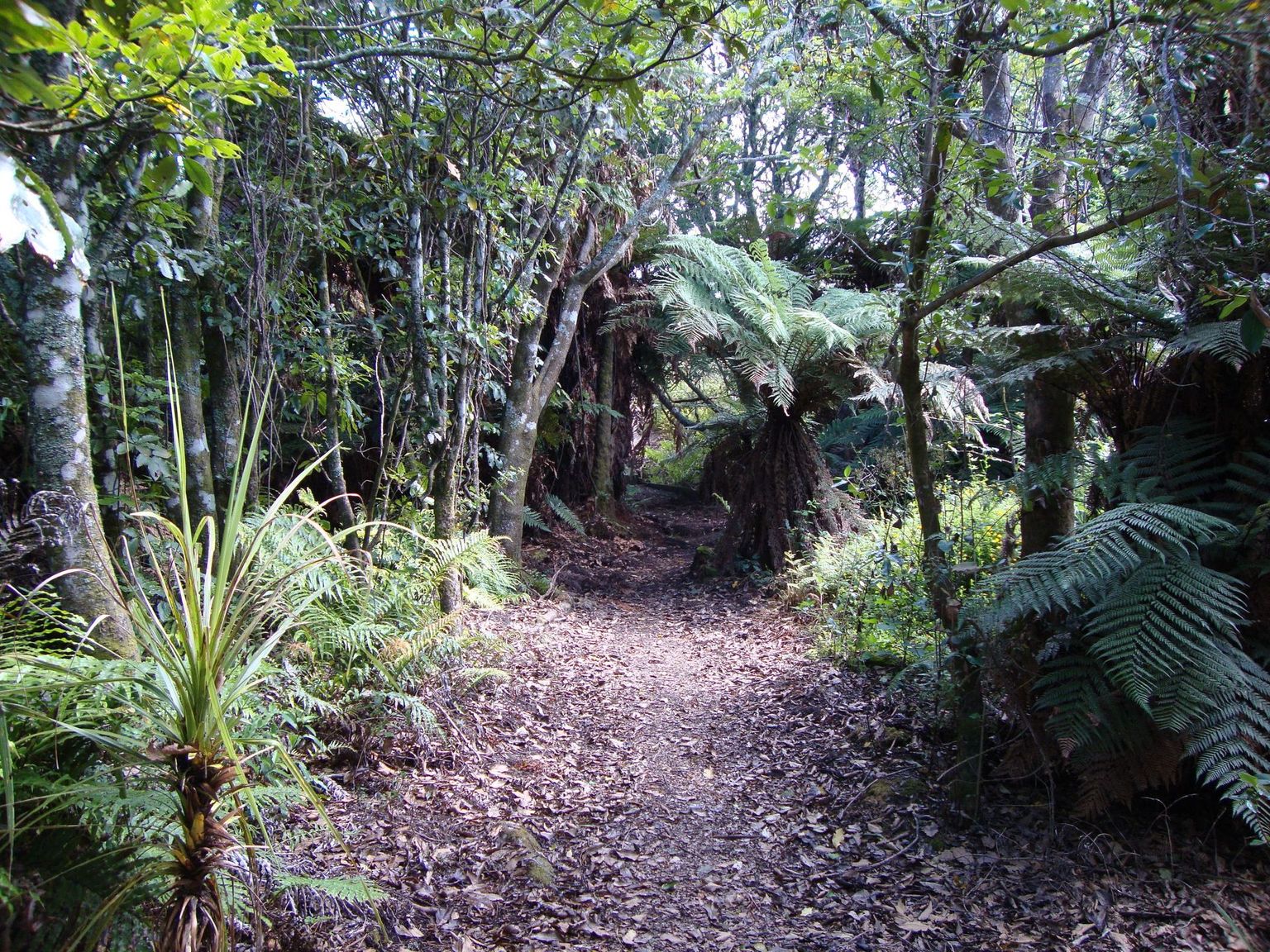
| In March, the Nelson office opened, led by Tony Quickfall. 2009 was quite different compared to 2008 in a depressed global economic climate. For a number of reasons, ViaStrada closed its Auckland and Dunedin offices in December 2009 but continued to serve clients across the country. We delivered research on the appropriate width for shared path and our work formed the basis of a guidance note published by VicRoads. ViaStrada staff were appointed engineering advisers to the New Zealand Cycle Trail for the Ministry of Tourism. |
2010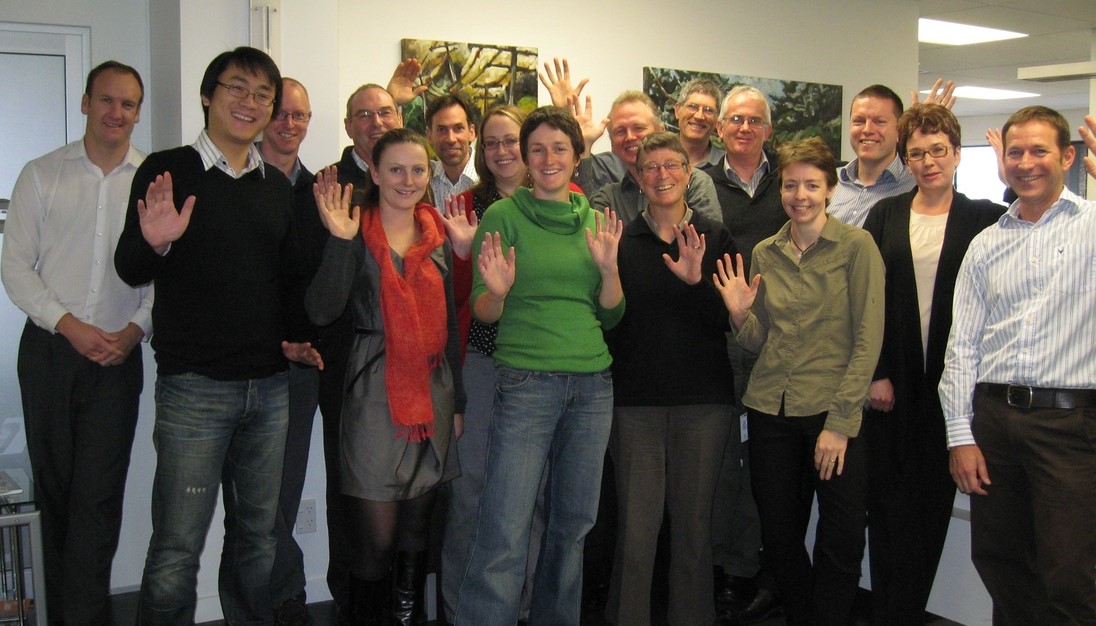 | With the economy picking up, there was a good forward workload again. Interesting projects came in, for example planning for State Highway Roads of National Significance (RoNS) and local network integration, and District Plan reviews. In April and May, Dr Glen Koorey joined us on a temporary basis, while on sabbatical from the University of Canterbury. In May, we celebrated our third birthday, with staff numbers at 19. The first edition of our Cycle Trail Design Guide, the manual supporting the New Zealand Cycle Trail, was published in February 2010. After our world was shaken up in late 2010 by the first Canterbury earthquake, we worked with Waimakariri District Council on a recovery plan for Kaiapoi. |
2011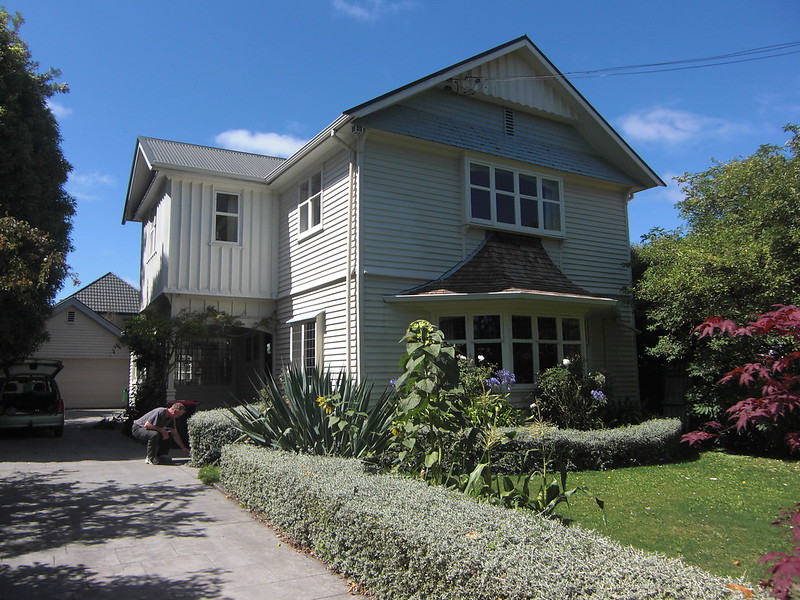 | ViaStrada was badly affected by the major aftershock in February 2011. The Christchurch office was in the central city restricted zone (and the building subsequently demolished), so the team promptly relocated to a refitted residence in Bishop St just north of the central city. The dramatic change in everyday priorities in Christchurch significantly affected our business, requiring more focus on services offered to other centres. Following the earthquakes, we helped Christchurch City to put emergency transport measures in place and continued to work with Waimakariri District on plans for Kaiapoi. |
2012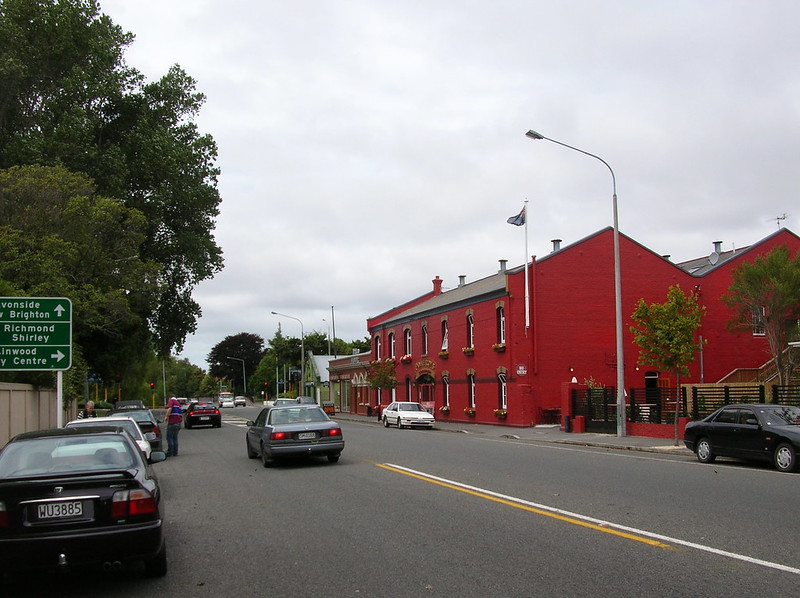 | A major change to ViaStrada's structure came in April 2012 when the company split its traffic/transport business from its planning and resource management business. The latter formed Novo Group Ltd, with Jeremy Phillips and Rhys Chesterman as Directors, while ViaStrada, under Axel and Warren's leadership, continued to provide traffic/transport services. ViaStrada also found a new home on Kilmore St above Pomeroy's Pub. In September, the team moved into a new office space, still above Pomeroy's, in a refitted space just next door. |
2013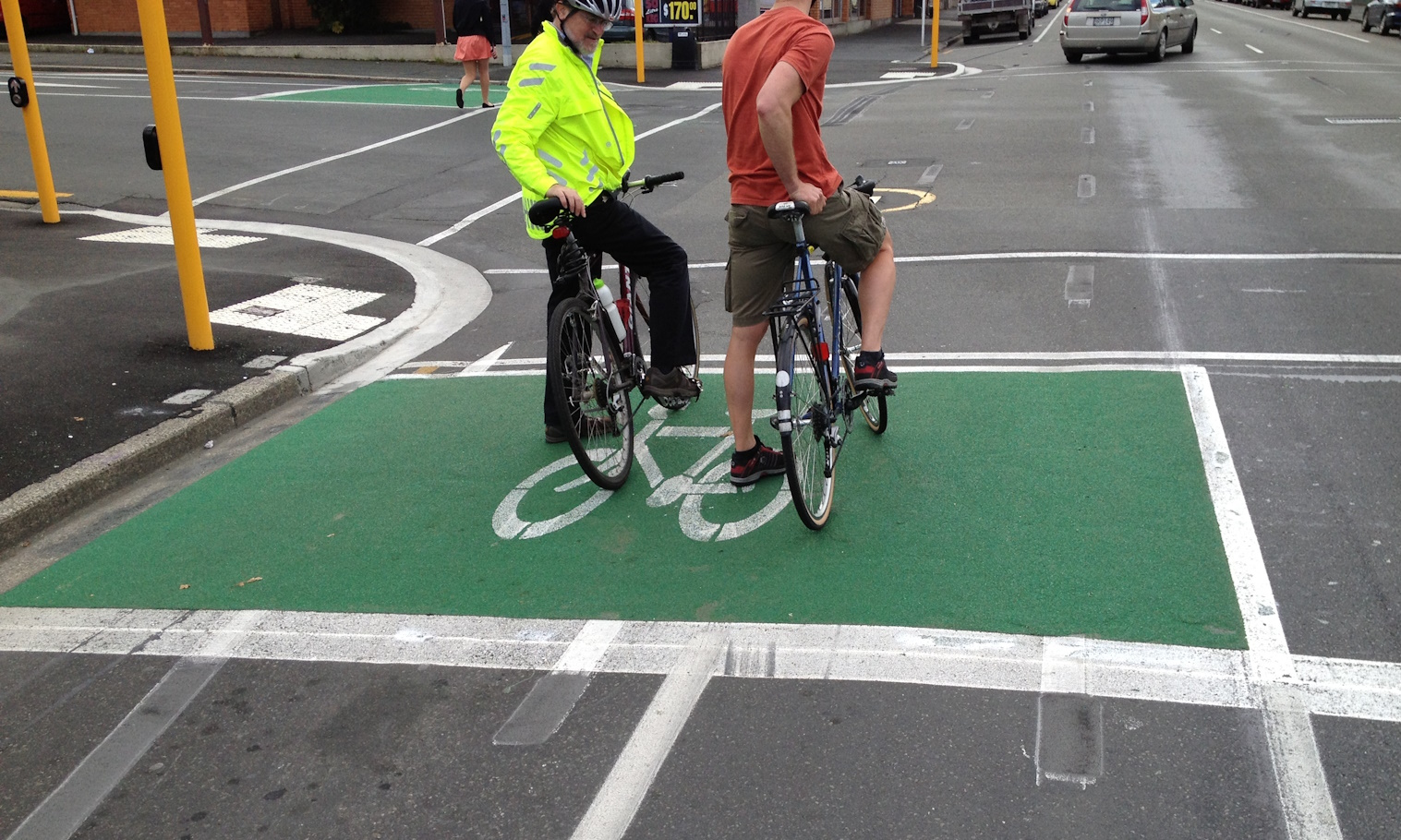 | 2013 provided a year of relative calmness – the first for a while – with no major changes (personnel- or location-wise) to ViaStrada. The team of five in the Christchurch office enjoyed a steady stream of work from around NZ, including a growing number of projects related to the Christchurch rebuild and for Dunedin's cycle networks. ViaStrada-run training courses had their 10th birthday that year. |
2014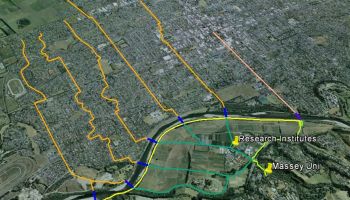 | In May, Jon Ashford was awarded his Master of Engineering in Transportation from the University of Canterbury. And in July, Megan returned to ViaStrada after living in France for a few years. In 2014, Axel was appointed a member of the Cycling Safety Panel; one of those rare career opportunities that one will look back on from one's retirement (Glen in his previous role at Canterbury University, was also on the panel). Quite a bit of change came to the country from the panel's final report. And our research on provisions for people cycling at roundabouts was published by Austroads. We commenced scheme development for protected cycleways along State Highway 1 through central Dunedin. We prepared a feasibility study for Palmerston North City that confirmed the viability of a path network to Linton and Massey supported by a new walking and cycling bridge. |
2015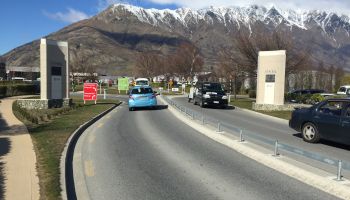 | In November 2015, John Lieswyn returned to ViaStrada after working for our esteemed colleagues at ALTA in the United States for some years. A significant project this year was ViaStrada's transport concept contribution to the master plan adopted by Queenstown Airport. |
2016 | The good news continued in April 2016 with Glen Koorey joining ViaStrada, having been on the teaching staff at the University of Canterbury since 2004. The May 2016 issue of the ITE Journal ran a great feature on John Lieswyn. We developed much of the content for the Transport Agency's Cycling network guidance project alongside Abley Transportation and this was released for use by the industry in mid-2016. Megan won the IPENZ Transportation Group Study Award and spent a month in North America studying signalised intersections involving protected bike lanes. |
2017 | Three major projects that we delivered early this year were research on e-bikes and other low-powered vehicles, Guidelines for Pedestrian/Cycle Rail Crossings, and an investigation into road user rules for people walking and cycling. Three of our staff gained KiwiRail accreditation for the new Level Crossing Safety Impact Assessment. As a company, we joined Trafinz this year. |
2018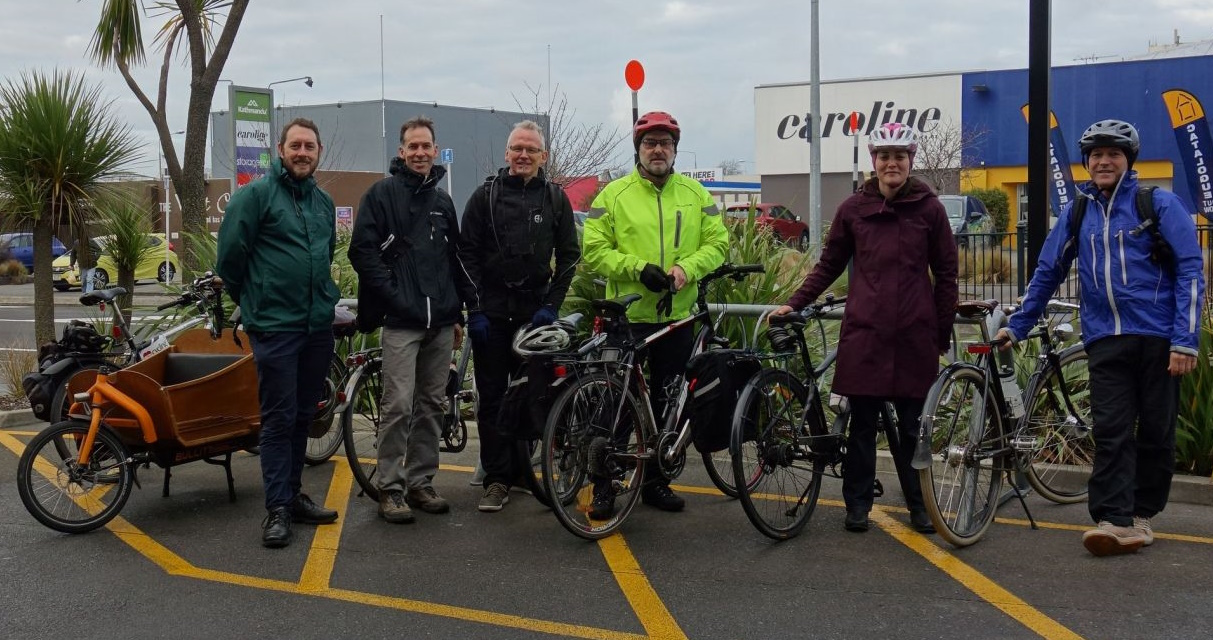 ' | The growing diversity of clients around the country was becoming more evident. One notable project this year was the development of school travel plans for Hastings District. We also completed a big investigation into road safety issues around the Dunedin central city schools cluster and recommended a range of traffic, speed and parking management treatments. There was also significant transport engineering and active travel project work in the likes of Napier, Whanganui, and Whakatane. And we also achieved success for various projects in the Bike to the Future Awards. |
2019 | The year started with the addition of Gemma Dioni to our team, previously from Aurecon and Chch City Council. We also welcomed Tanya Shevchenko to assist us with our accounts on a part-time basis. The management team expanded to four, with John and Glen becoming Directors alongside Axel and Warren. And Megan also expanded her family with the arrival of her son Joshua. Glen and Axel were very busy throughout the year running a series of revamped Cycle Planning & Design courses around the country (8 in all). Another big project during the year was the development of the business case and masterplan for the Palmerston North cycle network. Towards the end of the year we also welcomed Niklas Höing from Germany, who spent half a year interning with us. |
2020 | 2020 started on a high with our appointment to the National Speed Management Panel, and we undertook several SH speed limit reviews throughout the year for that. Then like everyone else we faced lockdown during March-May, working from home thanks to COVID, but we weathered that storm (and became much better at video-chatting as well...). A lot of work this year was for Waka Kotahi (NZTA), including ongoing development and updates of guidance for pedestrian, cycle and public transport networks, and trials of shared path markings and new pedestrian/cycle signals. Mid-way through the year we were joined by Milou van Mierlo, a human factors and marketing specialist from the Netherlands. And over the 20/21 summer period we also welcomed Nick Reid, a Civil Engineering student from Canterbury who joined us for a holiday internship. |
2021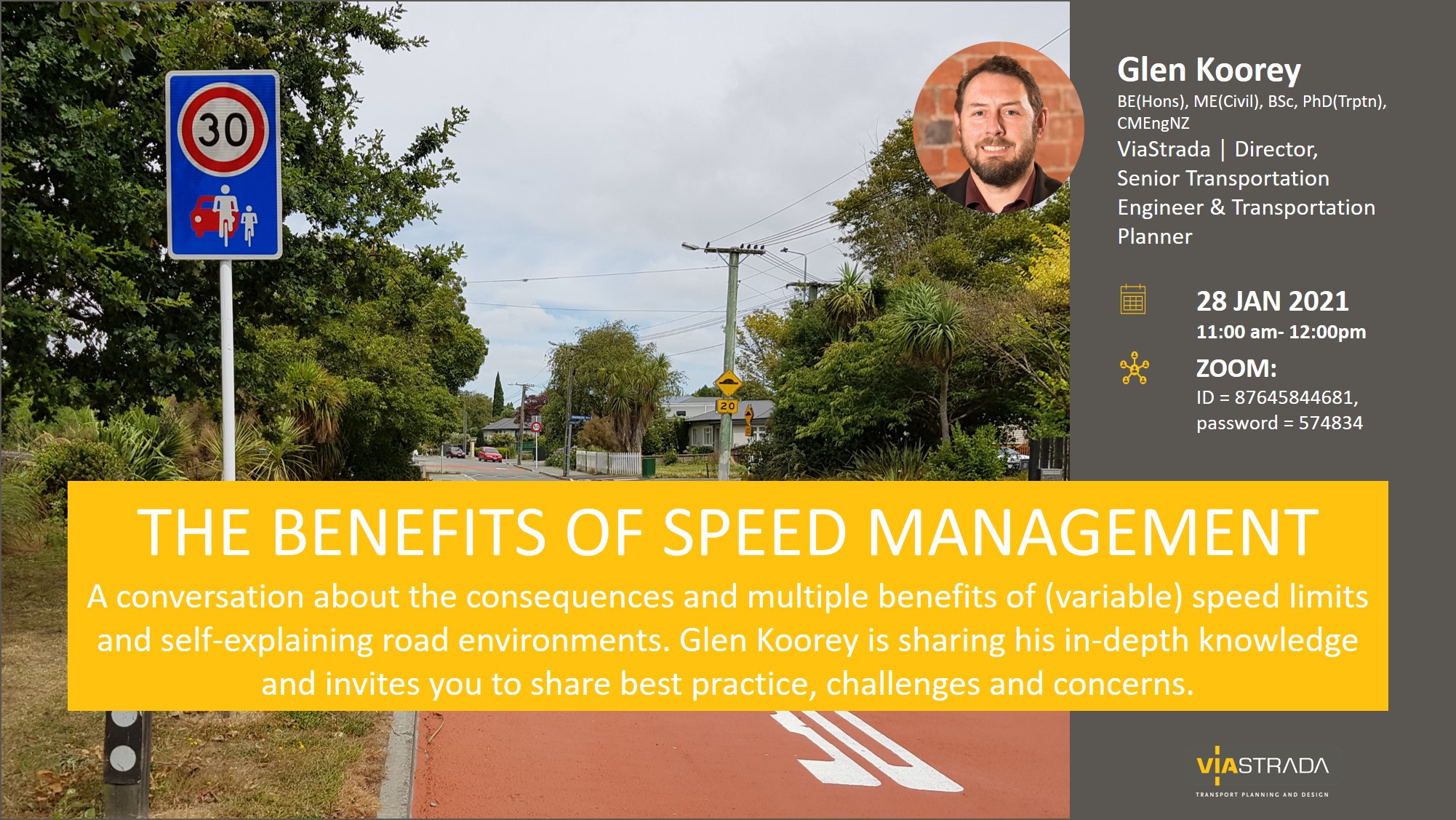 | In times of COVID, we continued to make use of online tools to interact with clients and industry colleagues. In January, Glen ran a well-attended webinar on speed management. After some years of measuring speed, gender and device type of people cycling, we first published our survey results, which among other things documented the rapid uptake of e-bikes. We produced our first online StoryMap (starting with Department of Conservation visitor management plans and then for Northland councils). Helen Woodhouse, who had been with us since 2007, moved to another job, and Axel Downard-Wilke moved north to set up the Golden Bay office (nah, not really; he was just keen on the rural lifestyle). We also farewelled Milou, who returned to the Netherlands, and Gemma, who is now doing great work at Christchurch City Council. And despite it being a pandemic year, our staff presented eight papers or posters at industry events, for example at the Transportation Conference. |
2022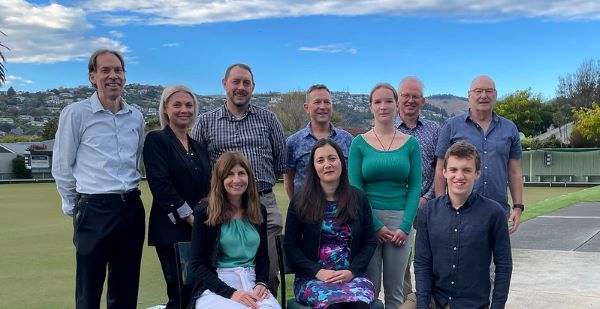 | Early in 2022, lots of people joined or rejoined our team: Nick Reid (our 2020 intern) and Luca Ware as graduates, Megan Gregory returned after maternity leave, and Debbie Roxby as our new marketing manager and information designer. Mid-year, David McCormick joined our team after eight years in transportation with Invercargill City. And over the 2022/23 summer, we had Sean Prenter as an intern through the Transportation Group’s Disabled Student Award. The first raised safety platform on a state highway designed by our team was built – in Inglewood. |
2023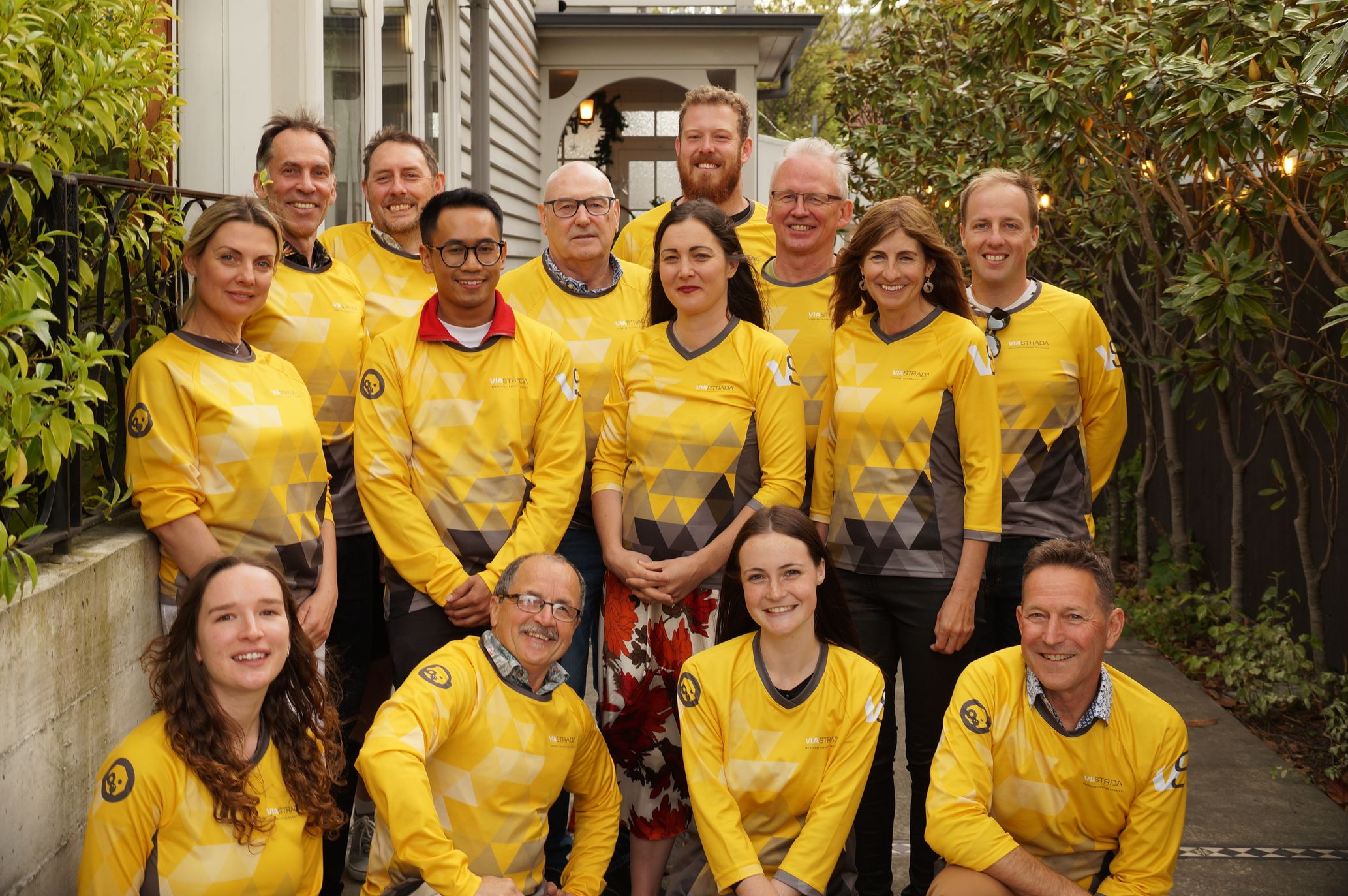 | With the team growing, we shifted into a new office, but not far: same building, same address. Andy Meek joined the team as a CAD designer. Staff members completed the latest training in Safe Systems Assessment, safety auditing, and the Healthy Streets system. We also celebrated 20 years of cycle training for the industry. The whole industry got super-busy with Transport Choices funding and for us, the major project was New Plymouth. We were stoked when, after much controversy, the elected members signed off on the uncompromised option. We also supported Transport Choices projects such as Bike Hubs in Whangārei and four packages of work in Kerikeri, where we engaged with tamariki and rangatahi to co-design the street improvements. Our new transportation planner Pim van den Top brings impressive skills in business cases, public transport planning, and geospatial analysis. |
2024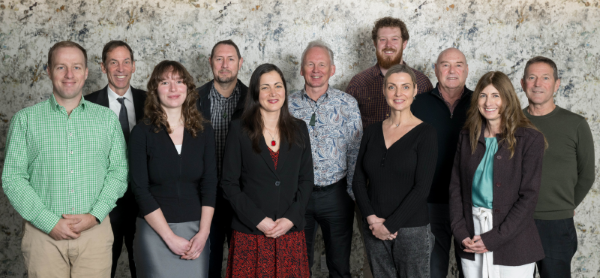
| In contrast to the busy landscape of 2023, 2024 saw a marked shift – after a busy start to the year, the industry quietened down, as funding for road safety and other critical initiatives was cut. Jon Ashford, now retired, spends more of his time on the golf course, while Andy Meek and Nick Reid have also moved on. Among our most interesting projects in 2024 were completing the Aranui Connections, the Nelson/Tasman Speed Management Plan Economic Assessment, resource consent assistance for Brew Moon, and a bus stops audit in Dunedin. Glen also contributed to a new industry guideline on protecting vulnerable road users in TTM environments. Our team participated in a range of conferences, including 2WALKandCYCLE, the Transportation Conference, SNUG, NZMUGS, Smart Cities, and others. Glen Koorey was alsohonoured by Engineering NZ, earning the title of Fellow. Warren and Axel, after nearly two decades of leadership, stepped down as directors at the end of 2024. While no longer in those roles, they remain actively involved and continue to contribute their wisdom and experience. |
2025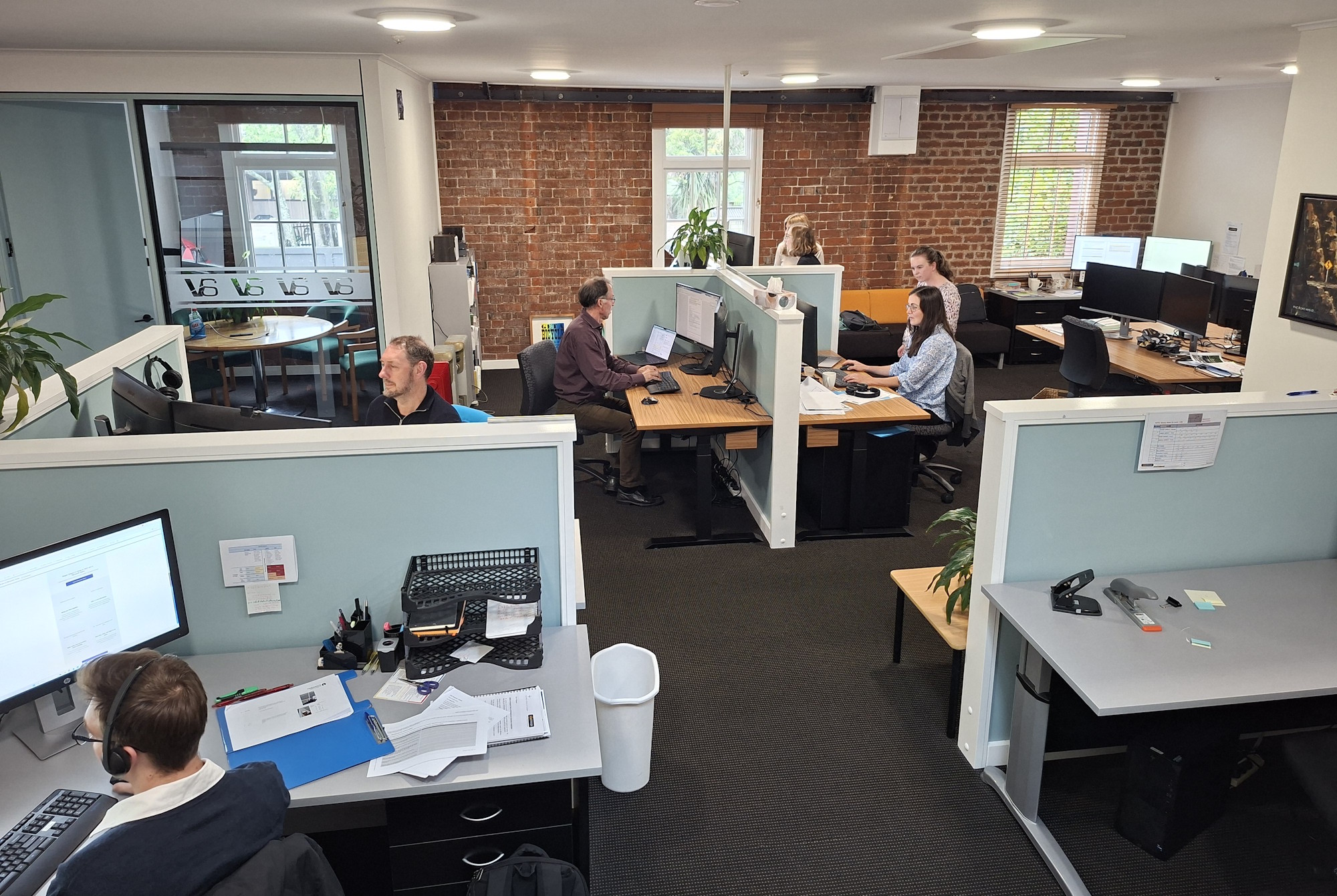
| After a quiet previous year, work started to pick up again in 2025, with some research work for Austroads and the AA, school travel plans around Queenstown, and a major track accessibility auditing project for the Dept of Conservation.
We farewelled two staff this year, as Luca headed to Environment Canterbury and Pim decided to venture into teacher training. But we were bolstered by Tanja Simon, a public transport expert from Germany, and Bronwen Bisley, a planning specialist from Lincoln. Over the 2025/26 summer, Finn Blanchard has also joined us as a summer intern. Various staff also presented at several conferences later in the year, including the Australasian Road Safety Conference in Perth and the NZ Parking Association Conference. |


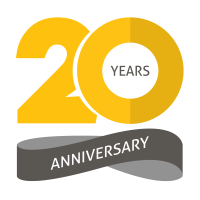 The big event as we reached the end of the year was our celebration of
The big event as we reached the end of the year was our celebration of 